Zientzia hedabideetan
-

Automobilegiak?
Ibilgailu autonomoen arazo praktiko eta filosofikoez
-
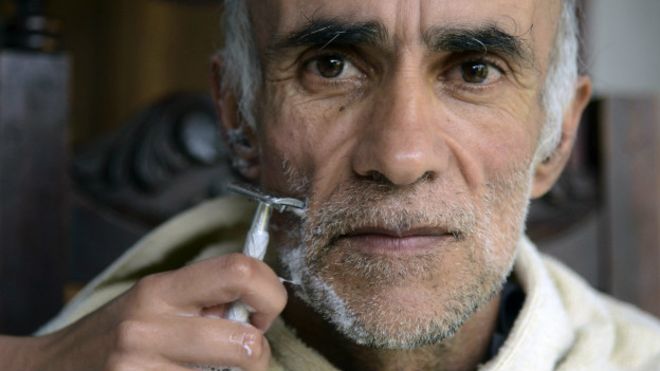
El clan colombiano que está ayudando a encontrar la clave para frenar el alzhéimer
Hace ya algunos años que una familia colombiana en Yarumal, la población con el mayor número de enfermos de alzhéimer en el mundo, se convirtió en un “laboratorio natural” para […]
-
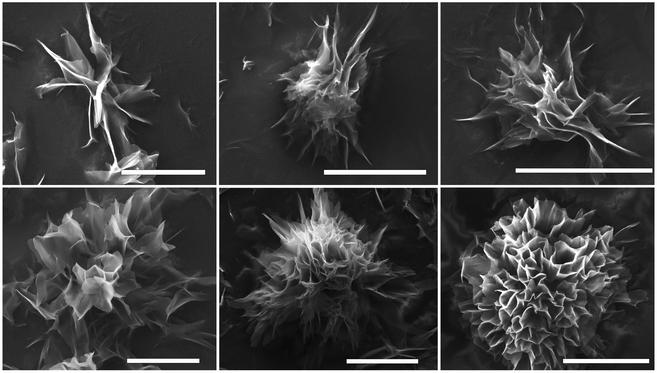
Growing microflowers in the lab
These microscopic blooms could boost solar and sensor technologies.
-
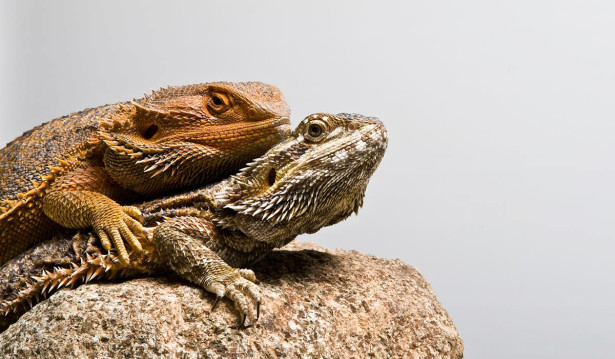
The Incredible Shrinking Sex Chromosome
Nature offers a panoply of ways to determine an organism’s sex. How can such a fundamental property be so variable?
-
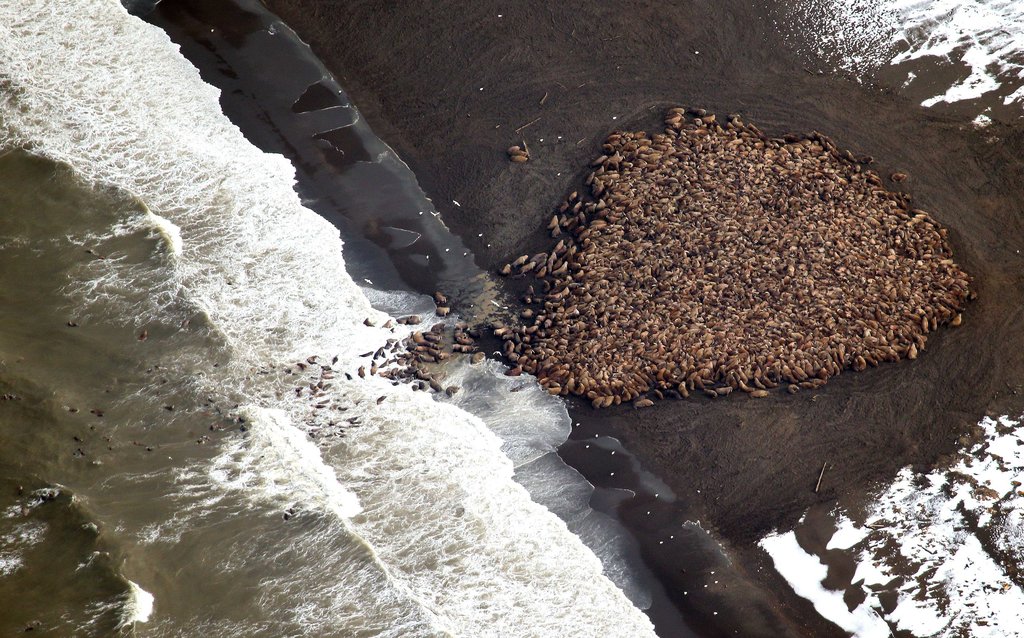
What Climate Change Looks Like: Walrus Crowding
Packed shoulder to shoulder, an estimated 35,000 Pacific walruses congregated on Alaska’s northwest coast near Point Lay last fall. Normally the mammals find ocean ice sheets to rest on, but […]
-
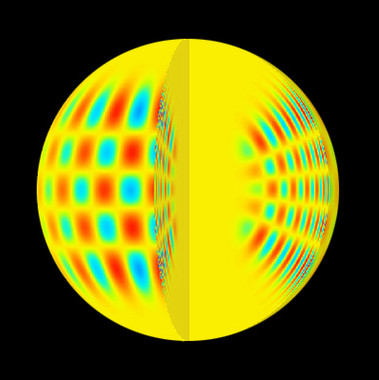
Científicos españoles cuestionan los resultados sobre estrellas pulsantes
Con los datos ultraprecisos de los satélites CoRot y Kepler, investigadores del Instituto de Astrofísica de Andalucía y la Universidad de Granada han aportado dos ejemplos que ponen en duda […]
-

Itsaso bat plastikozkoa
Aurten, plastikozko zorroak erabiltzea galaraziko duen lege bat onartu du Europar Batasunak. Bitartean, itsasoa plastikoen biltegi bihurtzen ari dela erakusten duten hainbat azterketa plazaratu dira. Beste ikerketa batzuek, berriz, plastikoek […]
-

El origen del bulo del wifi y sus (supuestos) efectos sobre la salud
Antes del wifi fueron las antenas de teléfono, y antes de eso las ondas del microondas. Aunque no hay evidencias científicas de sus efectos sobre la salud, el bulo se […]
-
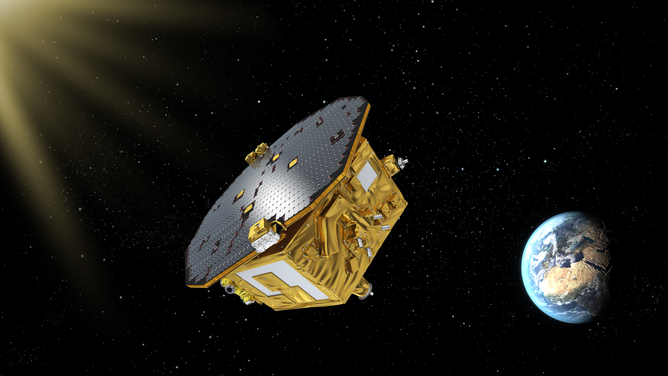
LISA Pathfinder will pave the way for us to ‘see’ black holes for the first time
It has been a century since Einstein presented his theory of general relativity but it is still helping us unveil some of the deepest mysteries of the universe. Now the […]
